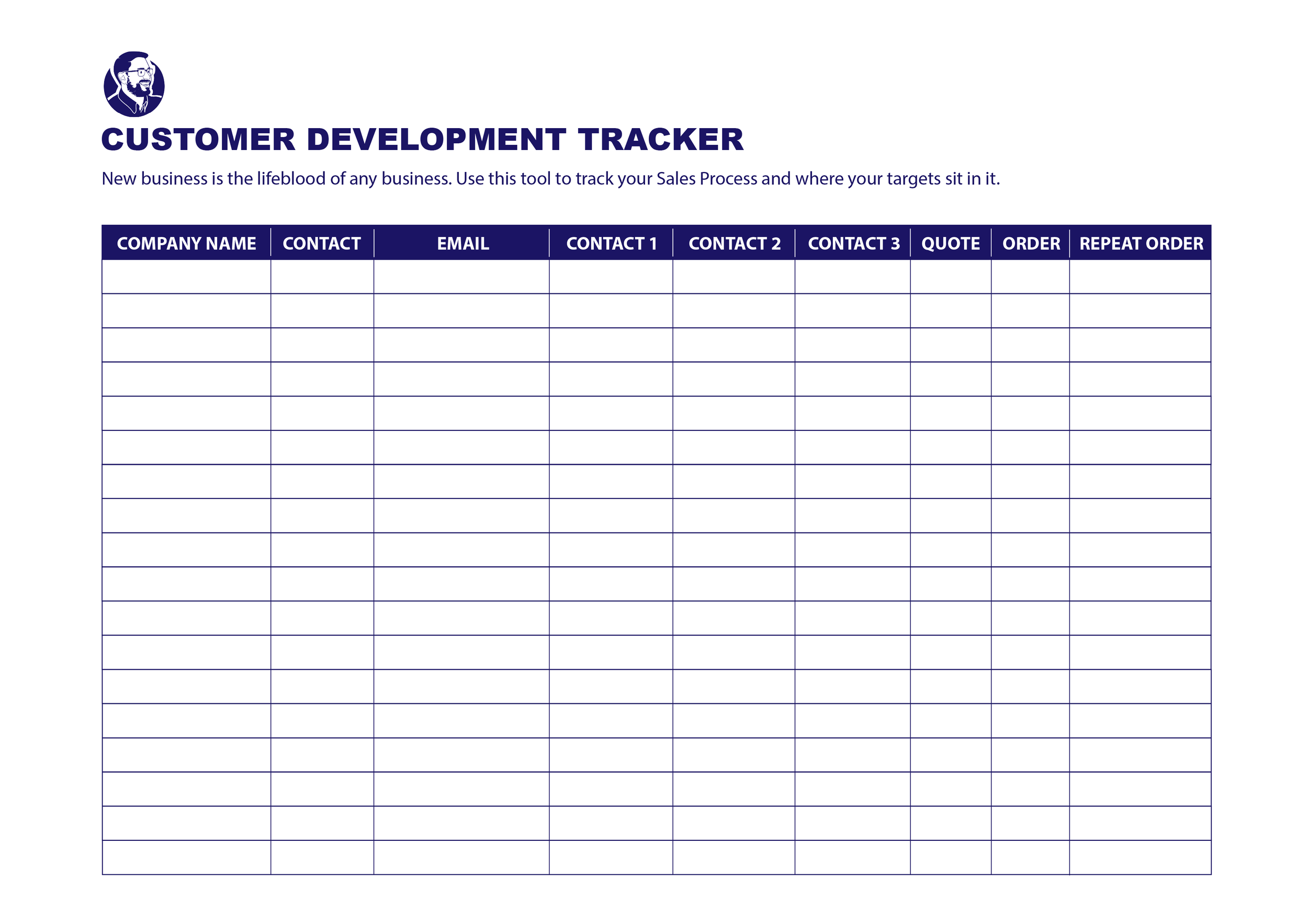Building Your Sales Pipeline
“Great things are not done by impulse, but by a series of small things brought together”
In my opinion, having a regular stream of leads and customers is critical for any business. It requires having a plan, keeping track and also knowing how to create more opportunities and make use of them.
Building a Sales Pipeline is crucial for any business aiming to maintain steady growth and revenue. It is a great tool to show you where your potential customers are in the buying process, from initial contact to closing the sale.
By effectively managing this pipeline, businesses can ensure consistent lead generation, track progress, and prioritise efforts.
So what is a Sales Pipeline and what are the different stages of the journey?
Below is a representation of a good easy to follow one:
The four stages are:
Suspect - this is the top of the process and this is where you gather all your contacts. At this point it is important to identify opportunities. This is where people become aware of you and your brand through your Marketing, Networking, website and other activities.
Prospect - at this point you have a large list of people and companies you know and who know of you…but not all can be your customer. At this point it is important to qualify each lead, contact or opportunity. Are they looking for your service? Could they use your service? Have they got a Budget? Once you have established if they are a good fit and potential customer you can take it to the next step through online or face to face meetings. This stage of the process can take a while (sometimes its quick!) and many will sit at this point for some time until they are ready to move to the next step. The tip here is to build trust, keep in regular contact and keep going.
Customer - once you have built up trust, discussed your proposal and your prospect is ready to buy they are now in a position to send you an order and become a customer. This is what all your hard work has been for but it isn’t the end of the process. Remember, ‘a sale isn’t a sale until you have received payment’ so make sure you deliver on your promises, show your value and make it easy for the customer to work with you.
Loyal - this is where you keep your customers coming back for more. Can you turn one sale into regular ones? The more loyal customers you have the more you will be able to grow and sustain your business. You will have a solid platform to keep building and achieving your business growth. You can do this by keeping in regular contact with your customers with newsletters, mailshots and phone calls. Upselling and Cross selling is a great way to build on your earlier sales success and build up a regular stream of orders and work.
One important thing to note is that you need to be continually adding more into the top of the process so it can maintain the bottom. Once you have regular customers and in some cases a full diary, don’t stop prospecting, networking, marketing and finding more suspects and opportunities. Once you do, you will find that in months time your leads will dry up and your growth will stumble.
See the above as a continual process and not one where you can stop working on each level.
In order to generate 1 customer you may need to have 100 (or more) suspects in your pipeline. The important step is to really qualify hard so you know which of the 100 have the most potential. Remember, not everyone can and will become your customer.
So how can you track where each customer is in the process?
Those who know me well will know that I love a spreadsheet and this is no different.
It is important to list each suspect as they come into your funnel and then to track each stage of the buying process. You should be able to tell which ones in your list can become Customers and if you are keeping regular touch points to turn your suspects into Prospects and your Prospects into Customers.
Example of a Customer Development tracker
Finally, regularly analyse your pipeline. Identify where leads are getting stuck or dropping off, and adjust your approach accordingly. This could involve refining your sales pitch, offering better incentives, or addressing objections more effectively.
I hope this has been useful and if you want any more help and advice please do get in touch.


